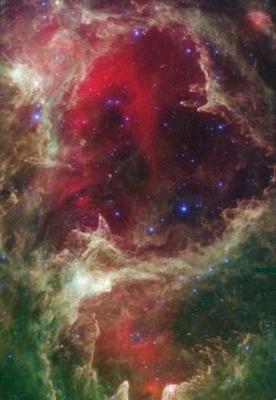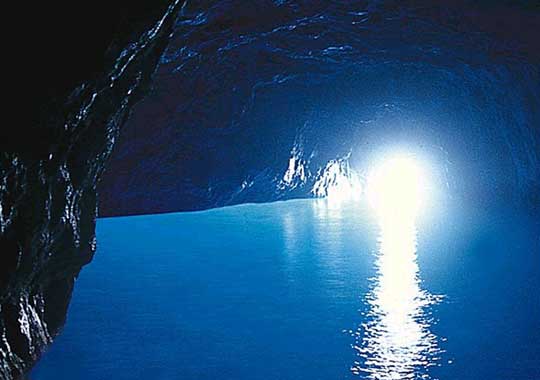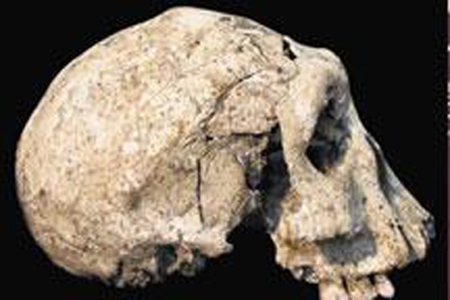
© Richard Mewaldt/CaltechThe solar system is protected from galactic cosmic rays by the heliosphere, a giant magnetic bubble around the sun
Like a wounded Starship Enterprise, our solar system's natural shields are faltering, letting in a flood of cosmic rays. The sun's recent listlessness is resulting in record-high radiation levels that pose a hazard to both human and robotic space missions.
Galactic cosmic rays are speeding charged particles that include protons and heavier atomic nuclei. They come from outside the solar system, though their exact sources are still being debated.
Earth dwellers are protected from cosmic rays by the planet's magnetic field and atmosphere. But outside Earth's protective influence, cosmic rays can play havoc with spacecraft electronics - they may be responsible for some recent computer glitches on NASA's Kepler spacecraft, which temporarily halted its planet-hunting observations. They can also damage astronaut DNA, which can lead to cancer.
Now, the influx of galactic cosmic rays into our solar system has reached a record high. Measurements by NASA's Advanced Composition Explorer (ACE) spacecraft indicate that cosmic rays are 19 per cent more abundant than any previous level seen since space flight began a half century ago.



